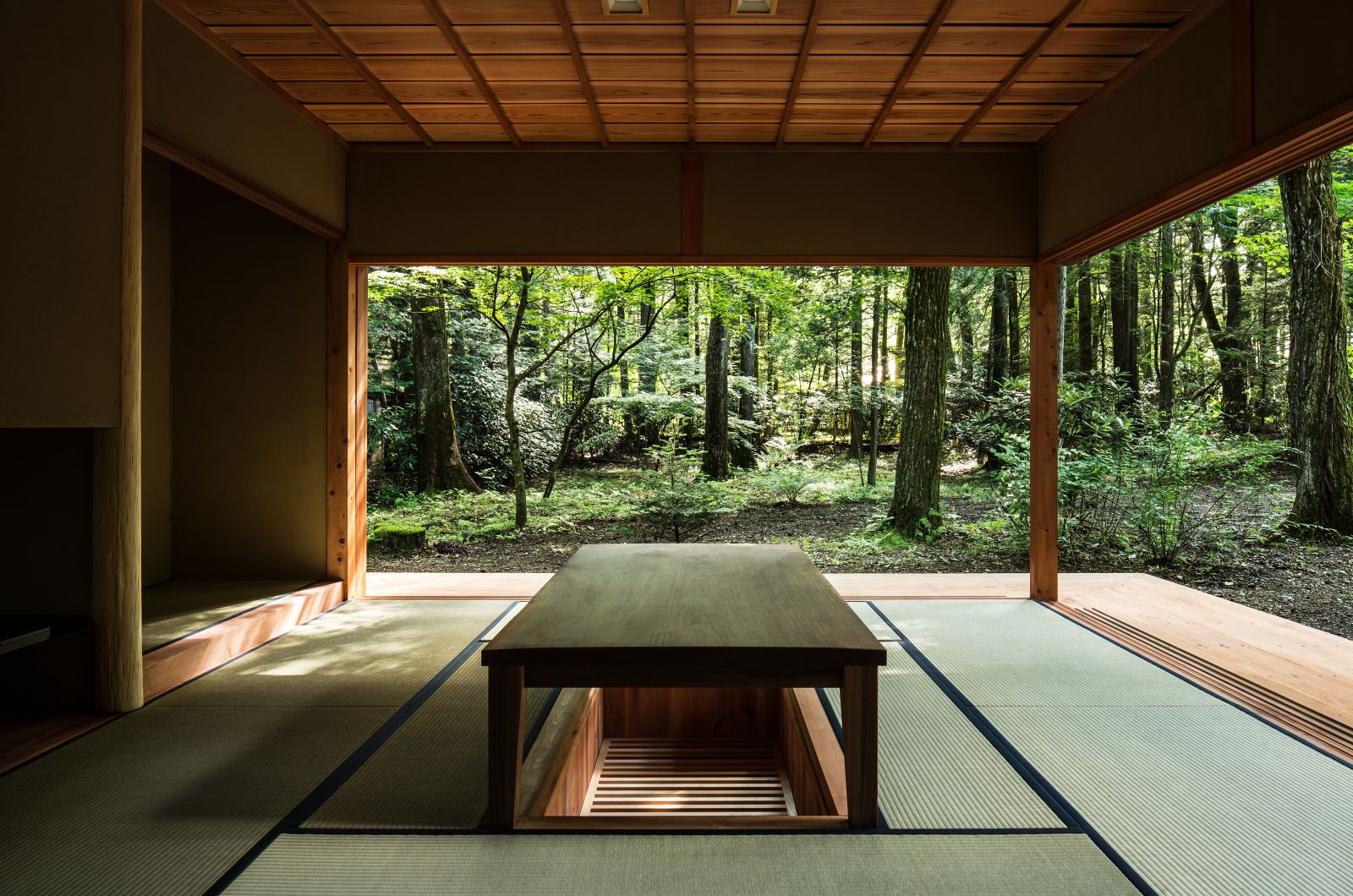In the fast-paced modern world, finding moments of tranquility and connection is essential. Japanese Washitsu, traditional Japanese-style rooms, offer a serene oasis where simplicity meets sophistication, and nature intertwines with architecture. In this exploration, we uncover the essence of Washitsu, the heart of the Japanese home, and its timeless warmth that continues to captivate hearts worldwide.

The Essence of Washitsu
Washitsu embodies the principles of harmony, balance, and respect for nature that are central to Japanese culture. These rooms are characterized by their minimalistic design, natural materials, and seamless integration with the surrounding landscape. Every element, from the tatami flooring to the shoji screens, is carefully crafted to create a space that fosters peace and tranquility.
Tatami Flooring and Shoji Screens
At the core of Washitsu are the tatami mats, made from woven rush grass, which cover the floor. These mats provide a soft, cushioned surface for sitting and sleeping, inviting occupants to connect with the earth beneath them. Shoji screens, made from translucent paper mounted on wooden frames, serve as movable partitions that allow for flexibility in room layout and control over natural light and ventilation.
Natural Materials and Simplicity
Washitsu rooms are adorned with natural materials such as wood, paper, and bamboo, which evoke a sense of warmth and connection to the natural world. Furniture is kept minimalistic, with low-slung tables and floor cushions replacing bulky sofas and chairs. The simplicity of Washitsu design creates a serene and uncluttered space that encourages mindfulness and introspection.
Connection to Nature
Central to Washitsu design is the concept of “engawa,” or veranda, which blurs the boundaries between indoor and outdoor spaces. Sliding doors open onto small gardens or outdoor areas, allowing the gentle breeze and the sound of rustling leaves to permeate the room. This seamless connection to nature fosters a sense of peace and tranquility, even in the heart of the bustling city.
Rituals and Traditions
Washitsu is not just a physical space but also a reflection of Japanese culture, traditions, and rituals. From the practice of tea ceremony (chanoyu) to the art of flower arranging (ikebana), Washitsu provides a backdrop for these timeless customs that celebrate beauty, mindfulness, and the appreciation of simple pleasures.
Modern Interpretations and Adaptations
While rooted in tradition, Washitsu continues to evolve to meet the needs of modern life. Contemporary Washitsu designs may incorporate elements of Western-style furniture or technology while preserving the essential elements of tatami, shoji, and engawa. These modern interpretations honor tradition while embracing innovation, ensuring that Washitsu remains relevant in today’s world.
Conclusion: Finding Harmony in Washitsu
In the heart of every Washitsu lies a sense of harmony, tranquility, and warmth that transcends time and space. As we embrace the simplicity and serenity of these traditional Japanese-style rooms, we are reminded of the importance of finding moments of peace and connection in our fast-paced lives. Whether it’s sipping tea on a tatami mat or gazing out onto a garden from a shoji screen, Washitsu invites us to slow down, breathe deeply, and savor the beauty of the present moment.



